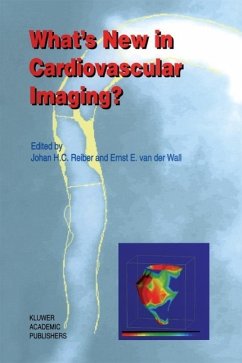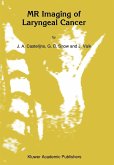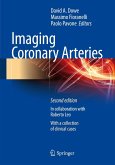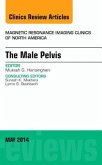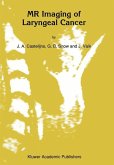This book consists of a total of 32 chapters subdivided into seven Parts, being: Coronary quantitation by QCA and intracoronary ultrasound (QCU), angiographic trials, progress in intravascular ultrasound, magnetic resonance (MR) coronary and vascular imaging, nuclear cardiovascular imaging, echocardiography, and cine and spiral CT coronary imaging. In general, each Part begins with a chapter that provides a broad overview of the advances in the field described in that particular Part, as well as a view towards the future. In the following chapters in such a Part, individual topics are described in further detail by leading authorities. In this way, the book should be of great interest to the more `generalist' reader as well as to the more `specialist' reader.
It has been quite obvious for a long time that cardiovascular imaging is a field in which quantitative analysis of the corresponding images is a must for clinical research studies. One such example is the quantitative coronary arteriography for the accurate assessment of vessel morphology and their changes over time in interventional cardiology. Particularly with the increasing use of three-dimensional (3D) data as well as 4D ( 3D plus time ), it has been quite clear that the amount of information is so large that the conventional visual interpretation is not suitable anymore, and otherwise would result in unacceptably high inter- and intra-observer variabilities and underutilization of the data. Fortunately, (semi)-automated analysis techniques preferably with automated edge detection approaches begin to appear, thereby providing a wealth of information with small systematic and random errors.
Therefore, What's New in Cardiovascular Imaging? will assist the cardiologist, the radiologist, the nuclear medicine physician, the image processing specialist, the physicist, the basic scientist, and the fellow, who is in training for those specialties, in understanding the most recent achievements in cardiovascular imaging techniques and their impact on cardiovascular medicine.
It has been quite obvious for a long time that cardiovascular imaging is a field in which quantitative analysis of the corresponding images is a must for clinical research studies. One such example is the quantitative coronary arteriography for the accurate assessment of vessel morphology and their changes over time in interventional cardiology. Particularly with the increasing use of three-dimensional (3D) data as well as 4D ( 3D plus time ), it has been quite clear that the amount of information is so large that the conventional visual interpretation is not suitable anymore, and otherwise would result in unacceptably high inter- and intra-observer variabilities and underutilization of the data. Fortunately, (semi)-automated analysis techniques preferably with automated edge detection approaches begin to appear, thereby providing a wealth of information with small systematic and random errors.
Therefore, What's New in Cardiovascular Imaging? will assist the cardiologist, the radiologist, the nuclear medicine physician, the image processing specialist, the physicist, the basic scientist, and the fellow, who is in training for those specialties, in understanding the most recent achievements in cardiovascular imaging techniques and their impact on cardiovascular medicine.

